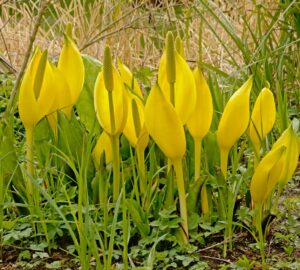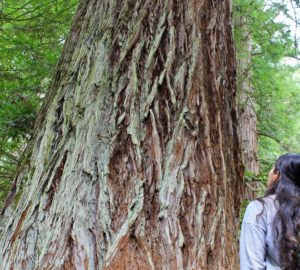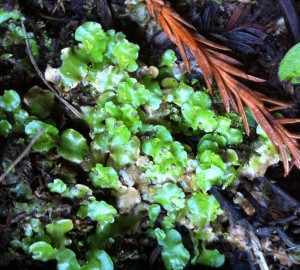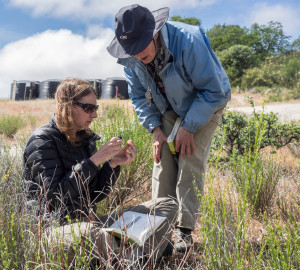
The study of classifying plants into families, genus, species, etc. is called taxonomy. Figuring out what family a plant belongs to is not always easy, but it is fun! I recently took a class where I learned the top 50 plant families in the field and now I can’t walk by a flower without examining it closely. While I could write multiple blogs all about identifying plants, this blog will focus on providing the basics to get you started.
Equipment
What you will need in the field is a 10x hand lens to see all those tiny flower parts, a small, clear ruler, a local plant book such as Plants of the San Francisco Bay Region and a willingness to sit on the dirt next to a plant for a while.
When
The easiest time to “key out” or identify plants is in the spring when they have flowers. The flowers are instrumental to recognizing a plant’s family and species.
What To Look For
Leaves, stem and flowers are the important components to a proper i.d.. A couple important questions you can ask right away are: How do the leaves grow off of the stem? Are the leaves just at the base, do they alternate up the stem or opposite from one another? How many petals are there — 3, 4, 5 or 6? Are the petals arranged in a regular form you could cut it in many different ways and it would be symmetrical? Or are the petals irregular – you can only cut it one way to be symmetrical, like humans?
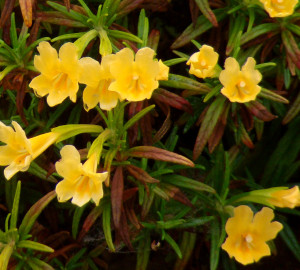
One of my favorite plants to examine is the sticky monkey flower, Mimulus aurantiacus. It is part of the lopseed family, Phrymaceae. Some characteristics of this family are that the leaves are opposite coming off the stem and the flowers are irregular with usually 2 upper lobes and 3 lower lobes. The best identifying characteristic of this plant is the sticky leaves.
There is much more to learn about keying out and identifying plants but maybe with these basic steps you will start observing plants in a whole new light. I know I do!


